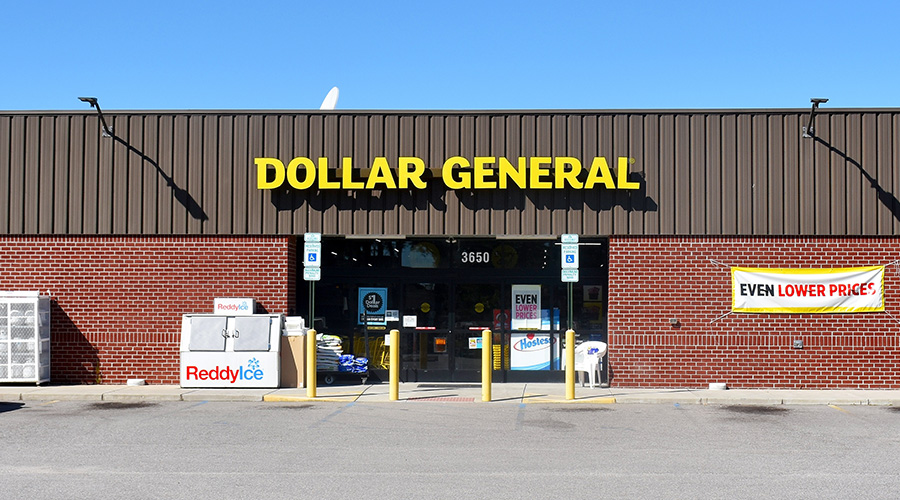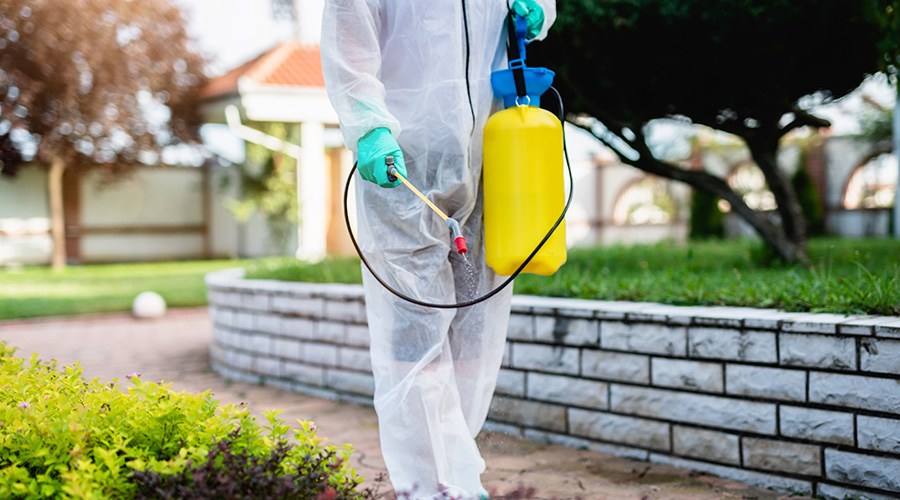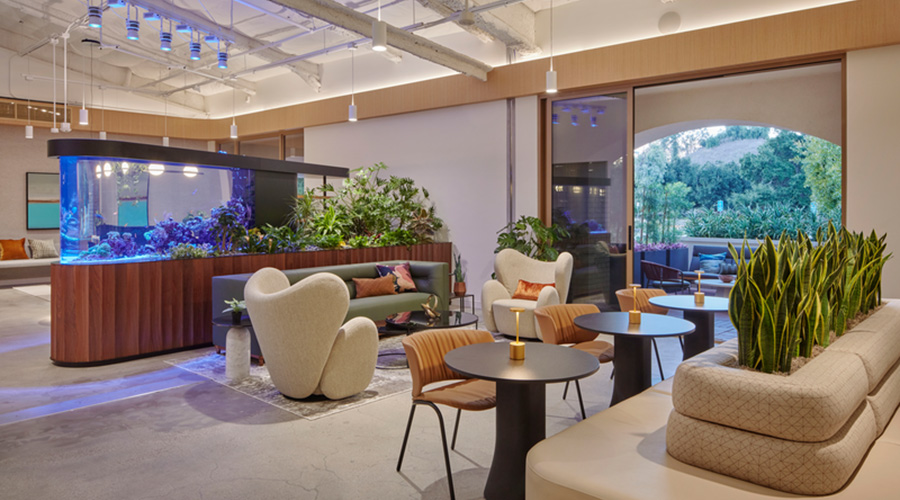
Water Breaks, Shade Areas Highlight OHSA Extreme Heat Rule
Proposed rule gives workers more protection when working in hot indoor and outdoor areas. July 30, 2024
By Dave Lubach, Executive Editor
In early July, the Occupational Safety and Health Administration (OSHA) proposed a rule that protects indoor and outdoor workers from extreme heat conditions. The rule focuses on increased water breaks and more access to shade for workers when temperatures reach a certain level and requires employers to instill injury and illness prevention plans.
The rule is currently in the administrator review phase, where stakeholders such as worker advocacy groups and unions can weigh in about the proposed rule. When the period ends, employers have 90 days to implement a program in their workplace before the rule is enforced. If imposed, the rule is expected to protect 35 million workers from extreme conditions.
Dr. Koshy Koshy is an associate professor for the Rutgers School of Public Health who manages the school’s Public Health Workforce Development. He spoke with FacilitiesNet about details of the proposed rule, and how facility managers need to respond.
FacilitiesNet: How does this rule affect workers in facilities like universities, school districts, healthcare and commercial buildings?
Koshy: One part of this, of course, is when you’re outside, and there’s the heat, and you have that direct exposure. But this legislation not only affects them, it also affects people who work inside, like in a factory or a boiler room. What it requires is when the temperature goes above a certain threshold that they are mandated to have a certain amount of breaks. Supervisors are told that workers who work in certain conditions have to have “X” minutes of breaks. They must be given shade. They must be given provisions to sit in the shade, and they have to be provided with water and electrolytes. There has never been another standard which mandated that you must have “X” number of minutes in the shade, or you must have “X” number of minutes of rest, or you must give your workers water.
FacilitiesNet: How can managers plan for extreme heat circumstances?
Koshy: NIOSH, the National Institute of Occupational Safety and Health, which is a sister organization to OSHA, does research and does the subject matter expertise for worker safety and health. They have a new heat index app that can be freely downloaded by anyone. You can put in the location and time when you’re going to be in a particular place, and it’ll tell you how bad the conditions will be. The NIOSH app is mentioned directly within the standard, which is amazing. I don’t know of any other standard where direct technology is mentioned right within the standard, not mandating you as an employer to use it but to say it’s a resource available to you.
FacilitiesNet: Was this rule motivated by climate change, and that temperatures are getting warmer in summers across the country?
Koshy: Science is showing that we are having extreme temperatures, and we have construction workers, drivers and all these people working outside. I’m in the Northeast, so we’re looking at July, August and those kinds of climates, but a lot of our country is in perpetual summer. Places like Arizona and New Mexico and Florida, where populations are moving to, are experiencing warmer temperatures, so it becomes that much more important that employers are aware of these hazards. That component of training is so important that we bring this information out there not so much for an employer not to be cited, but to help them maintain their compliance and avoid workers getting injured.
FacilitiesNet: What are some of the first steps facility managers can take to implement a plan to comply with the new rule?
Koshy: I would think that the first step for an employer or manager is to go through the standard. It’s straightforward. I don’t think it’s more than 20 pages, so go to those sections that apply to you, and see how this applies to what you’re doing. Secondly, to workers at construction sites, some local laws require a toolbox talk to be done before the start of a shift. I’m sure employers are already talking about heat and heat indexes and things like that but give more specific details about where the locations for shade are and where water is. Let workers know the symptoms of heat exposure like sweating, dizziness, tiredness, and if they are experiencing any of these symptoms that they get to shade. And I can’t overemphasize this enough, but there are many workers whose first language is not English. We’ve got so many workers whose main language is Spanish, or something else. Those workers must understand that this standard exists, and employers are expected to provide provisions for them.
Most importantly, if workers are facing these kinds of situations where their employers are not taking action, OSHA has what’s called Whistleblower Protection. The Department of Labor is there to get involved and will reach out to the employer and say, “Why aren’t you doing this?” and see if any kind of retaliation is done against the worker for reporting the situation.
Dave Lubach is executive editor for the facility market. He has more than nine years of experience writing about facility management and maintenance issues.
Next
Read next on FacilitiesNet












